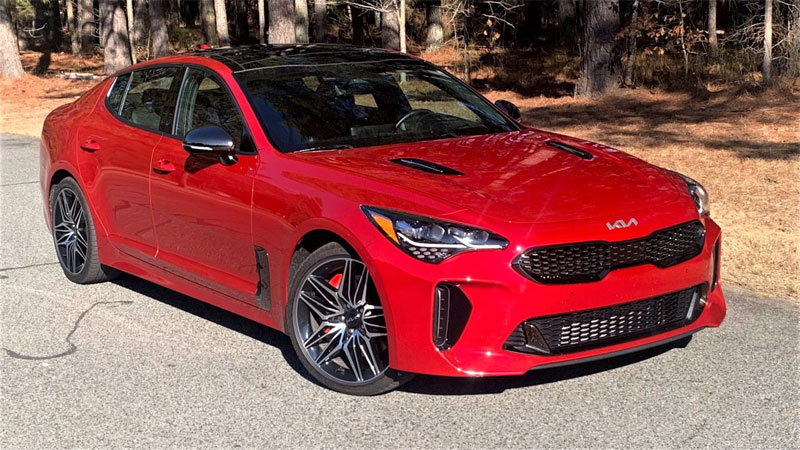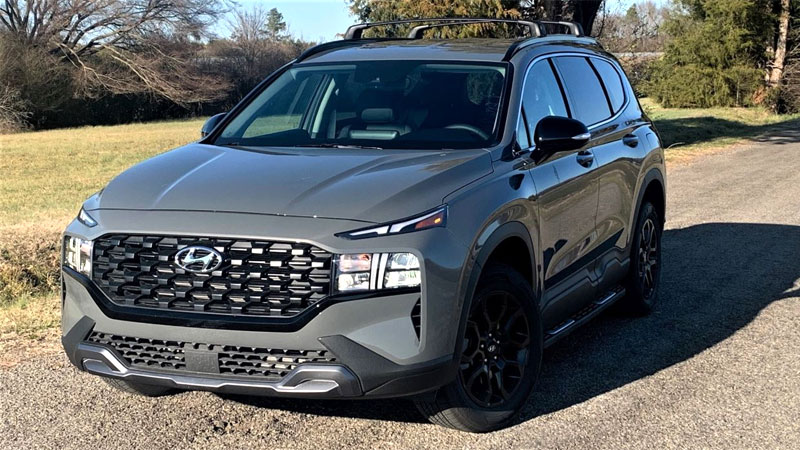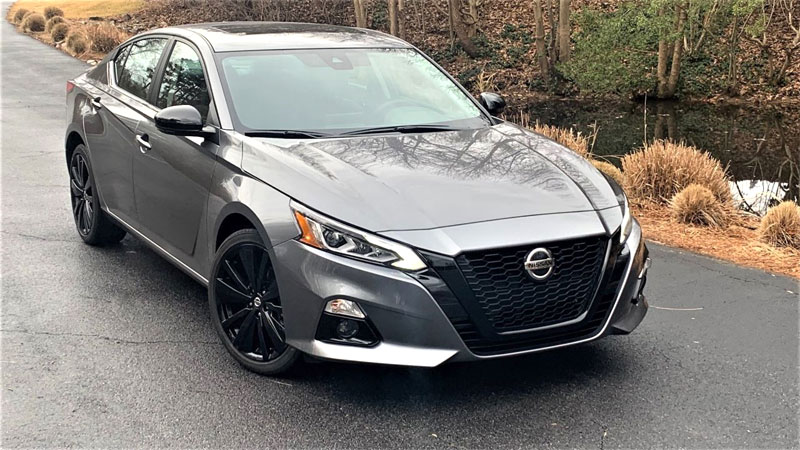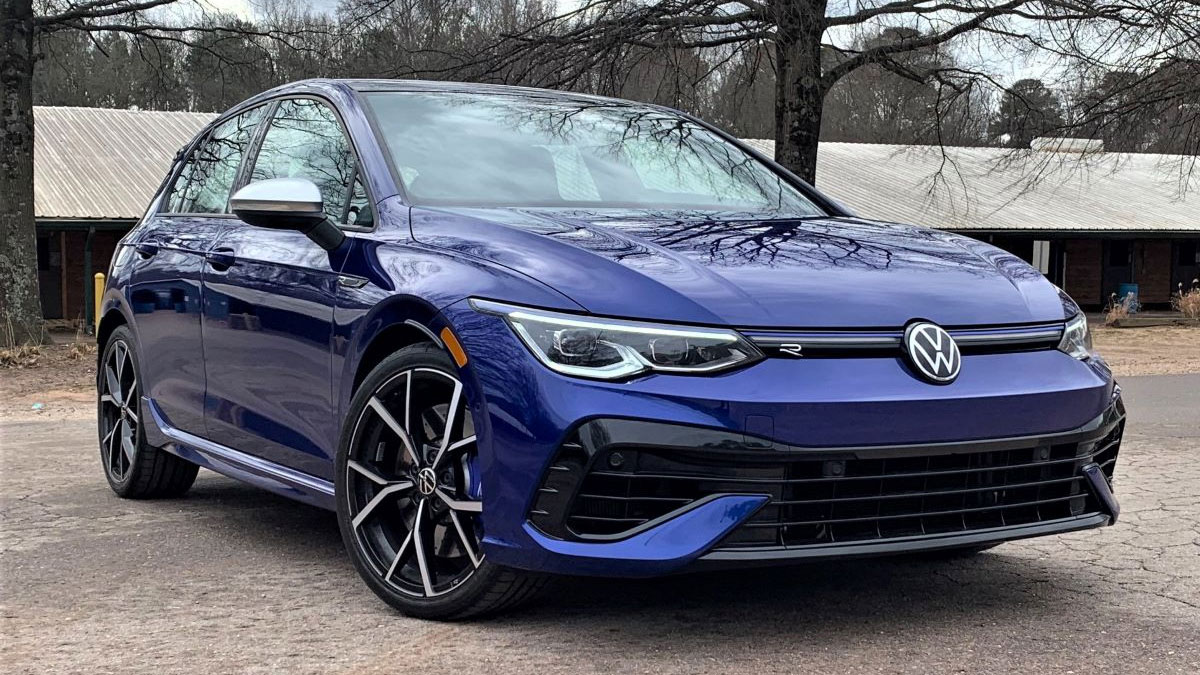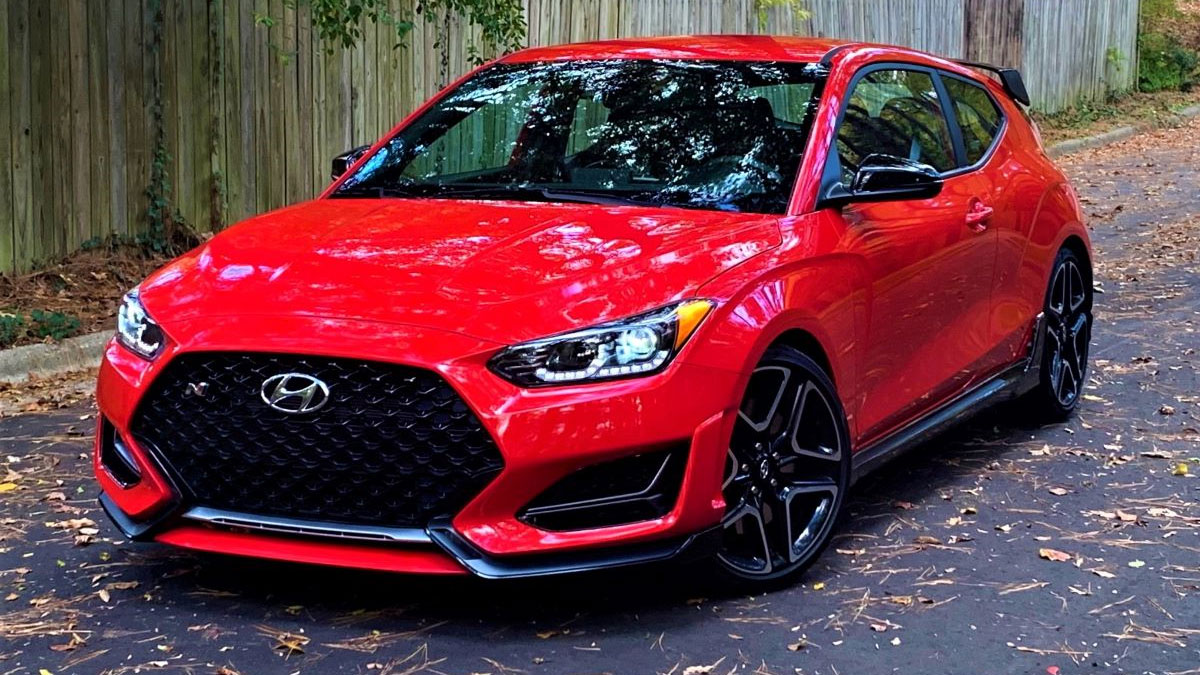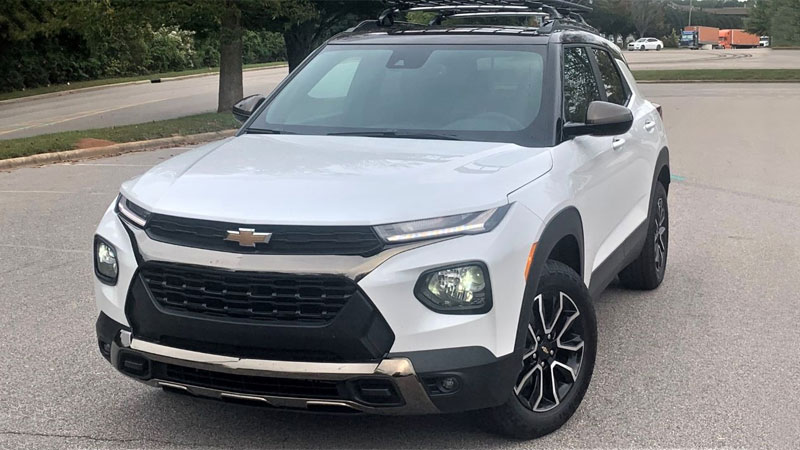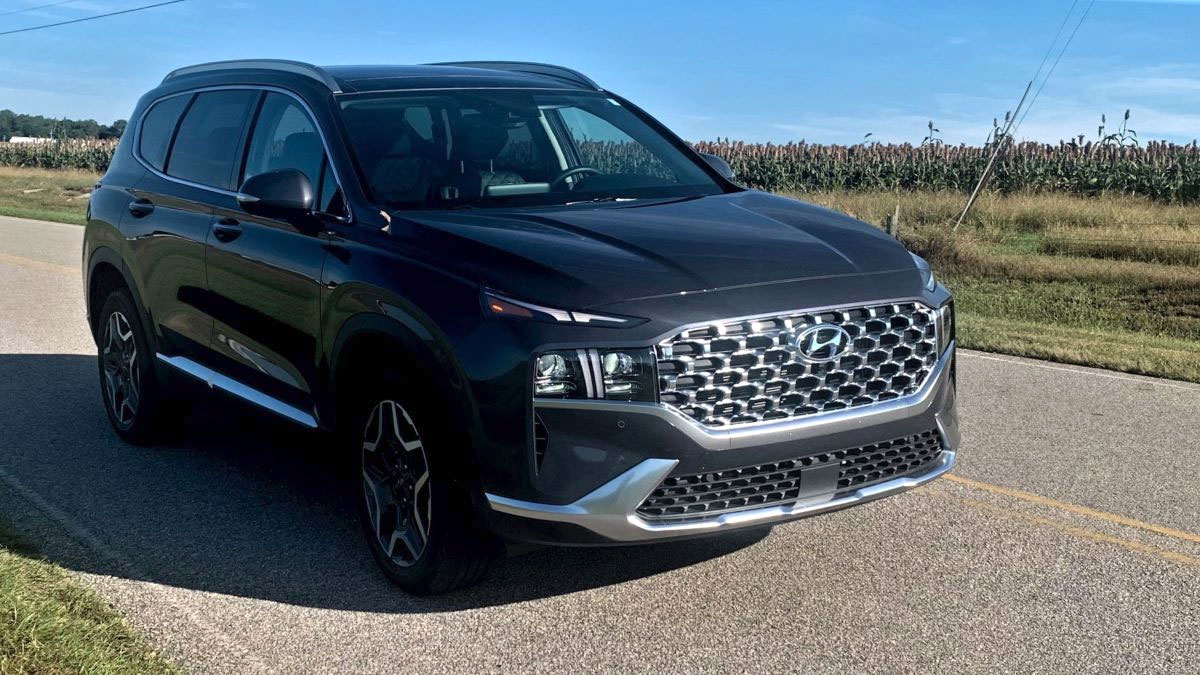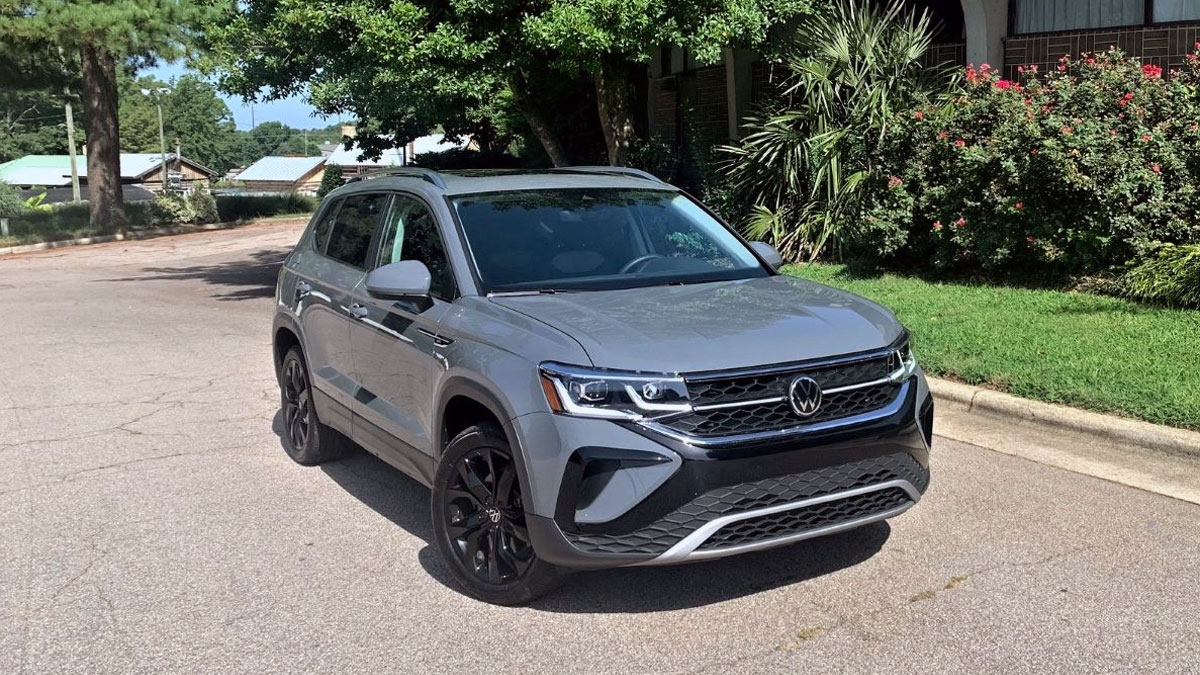2022 Kia Stinger: Going, Going, Gone?
This week’s ride is the Kia Stinger, a midsize rear-wheel-drive sedan-like model with a liftgate. That is a fancy term for a hatchback, a derisive moniker for those who recall the forgettable hatches of the 1970s. Instead, the Stinger is much more like the Audi A5 Sportback in design, if … Read more

